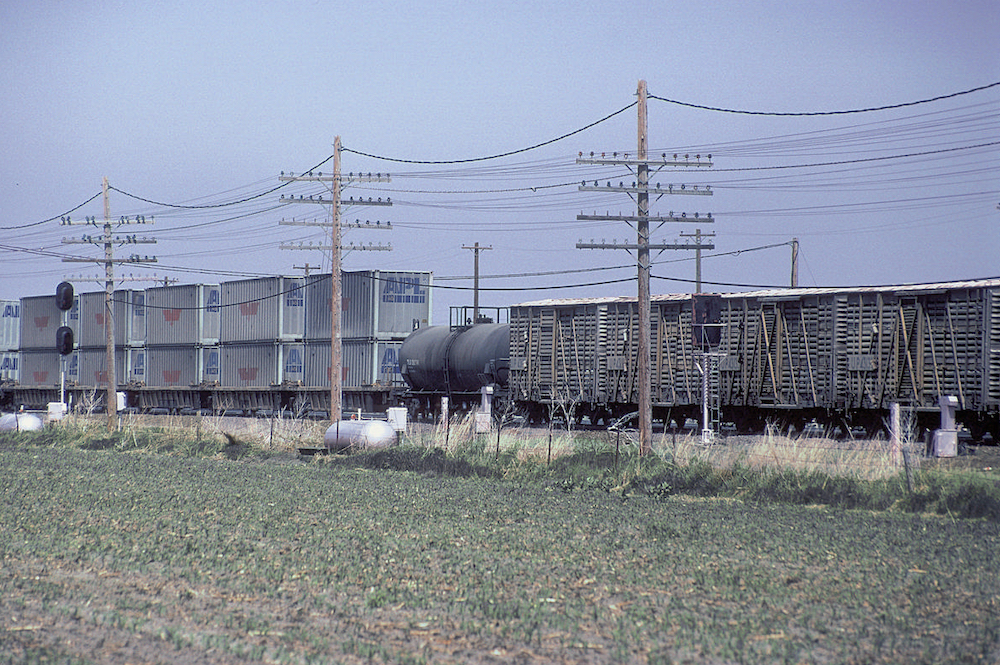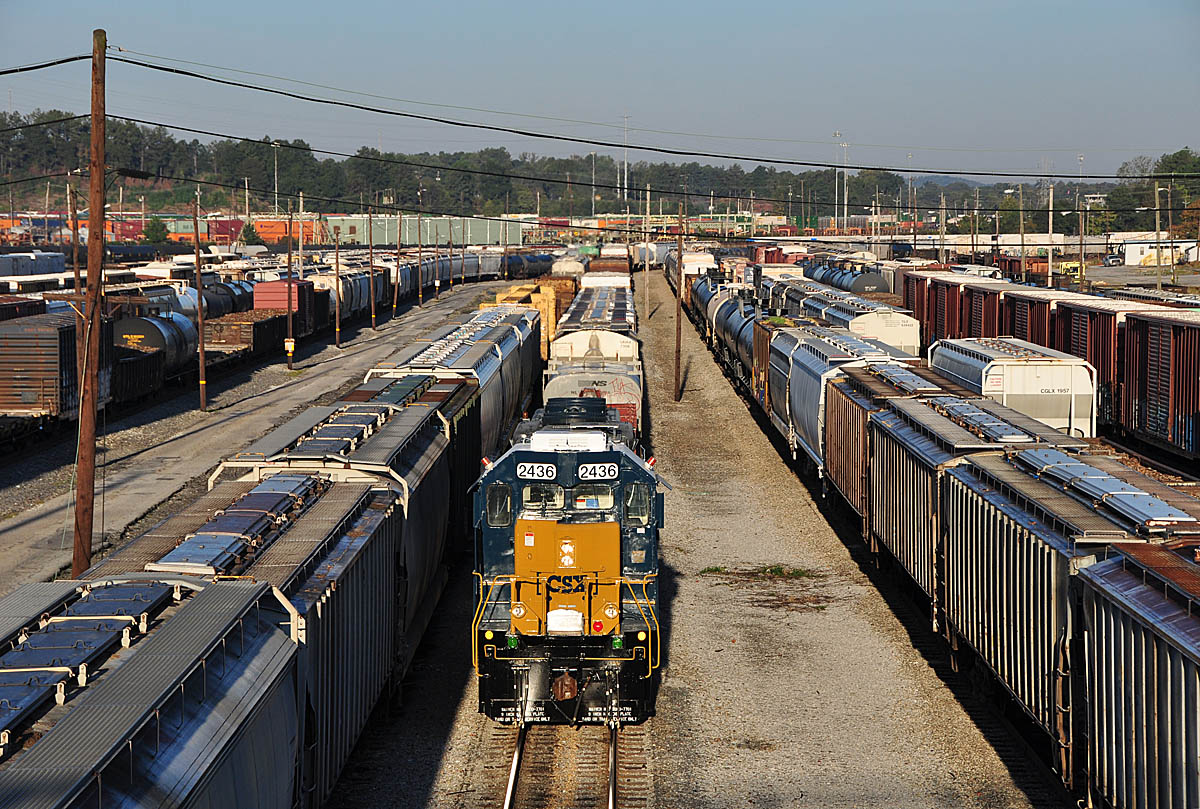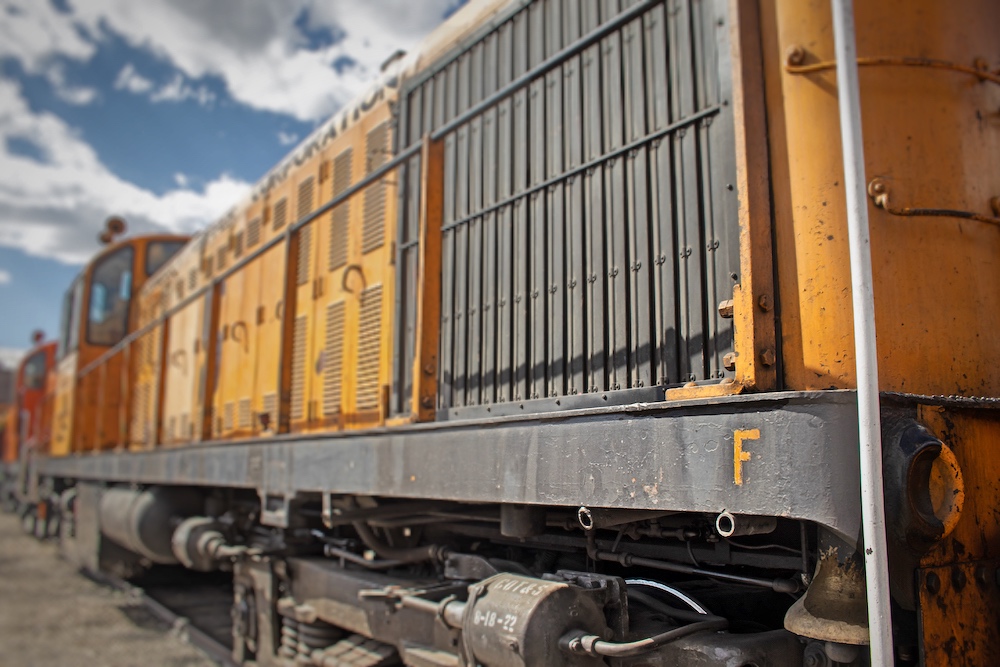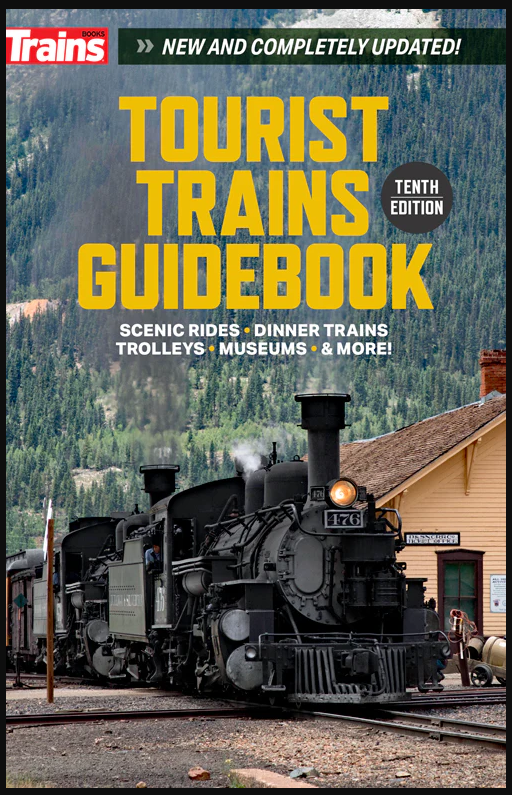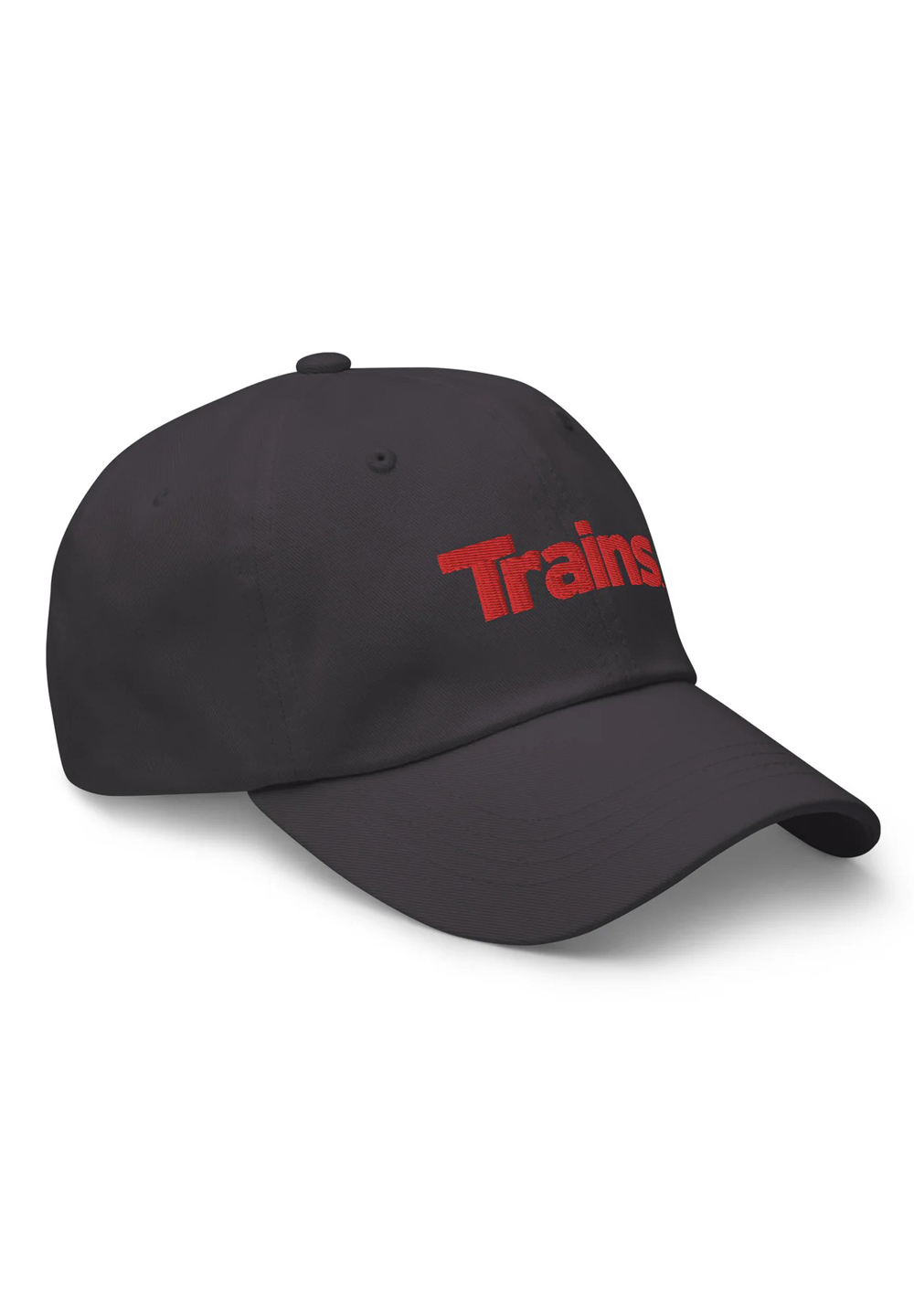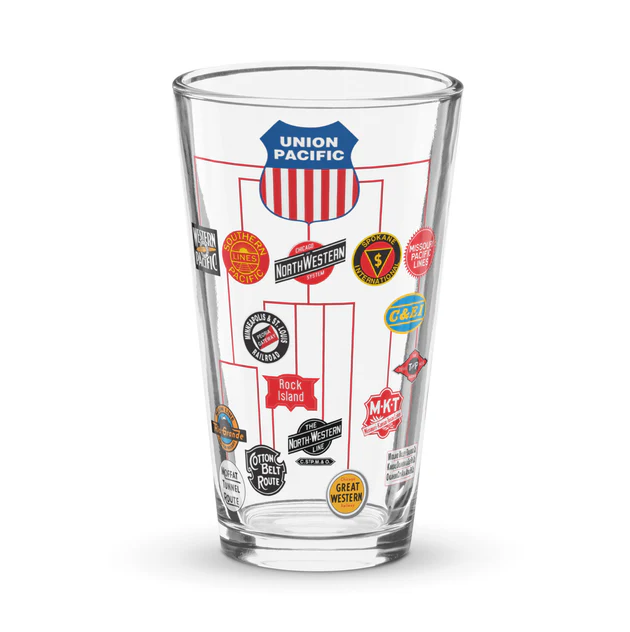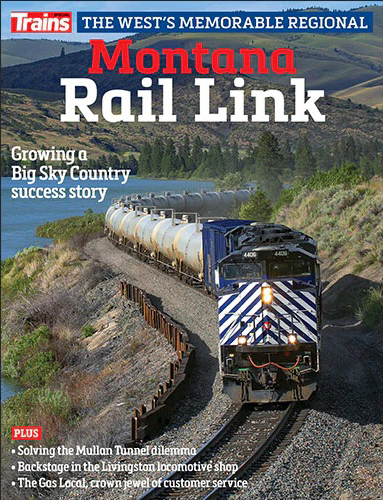
Although replaced in recent years by roller bearings, friction bearings (also called solid bearings or plain bearings) were a railroad standard for many years.
Friction bearings were blocks of metal, usually brass, resting atop the axle and lubricated by oil-saturated wool waste enclosed in a hinged-lid journal box. To keep the bearing from getting too hot, and to prevent premature wear, the oily cotton packing inside the journal box lubricated the bearing surface. Even so, solid bearings created a great deal of rolling resistance, which meant wasted energy. The bearings also struggled to dissipate heat under adverse conditions, such as in high-speed service, and required frequent inspection and maintenance. (Fortunately, a worn-out bearing was a relatively straightforward fix when something went wrong. One person using only a jack could replace a friction bearing in about three minutes.)
Friction bearings were particularly susceptible to a malfunction known as a “hot box.” Undetected, an overheating bearing could eventually burn-off and cause a derailment. Rear-end crews were always alert for the telltale smoke and smell of hotboxes in the train ahead of their caboose.
Today, plain-bearing cars are all but gone, largely relegated to railway preservation, replaced by roller bearings. These greatly reduce friction. Roller bearings are also sealed units with lubrication inside, requiring far less maintenance.







